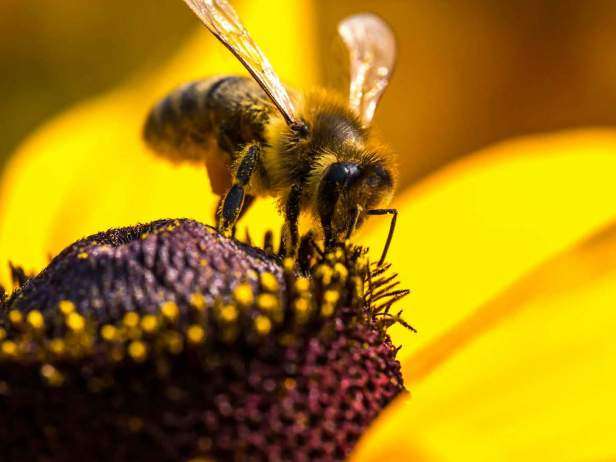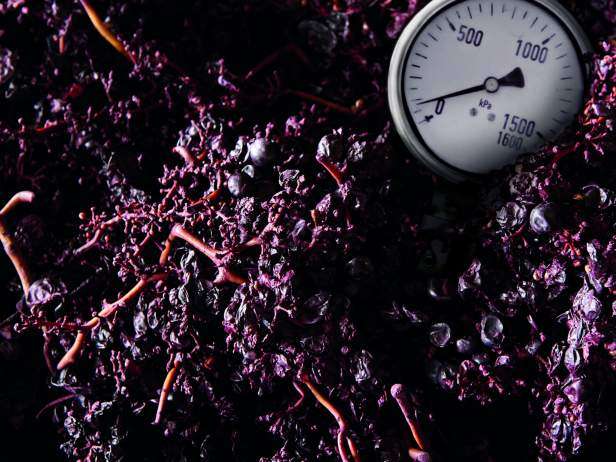Fermentation
9 months to grow the grape with the adequate profile and just a few days to express all its potential.
The challenge facing winemakers during alcoholic fermentation.
Successful AF is something that provides a clean and complete outcome and sees the expression of the grape’s organoleptic potential. This does not come from a recipe, but from the correct interpretation of the grape and its annual variability (physicochemical balance, nitrogen level, type of precursors, tannic style, health, etc).
These are reasons enough to dedicate all the attention and care necessary to achieve success. You will only get the expected organoleptic performance if you master the main parameters:
- Harvest date and characterization of the grape.
- Yeast strains adapted to the expression sought.
- Nutrition based on the balance of the grape and the profile sought.
- Turbidity appropriate to the aromatic style.
- Fermentation temperature and speed.
Yeasts
Small in size but huge in terms of organoleptic impact, yeasts perform crucial tasks:
To transform must into wine completely and safely, to express the typicality and aromatic potential of the grape, or create it when it is scarce.
More informationNutrition
Whatever their mission, all living beings do it best with a varied, balanced and appropriate diet at all times.
Yeasts are no different, and they need NH4 + at the beginning of fermentation to multiply and reach the appropriate population (100 to 120 million/ml), oxygen and amino nitrogen (peptides and amino acids) at the time of maximum activity and then detoxifying (bark yeast) to finish well.
More informationPiloting
The uniqueness and the precursors are set by the grape, the rhythm of the expression and configuration of their personality is determined by you.
The success and organoleptic return from the AF are a direct function of the management of the fermentation parameters. Yeasts, native and selected, adapt the metabolism to implant in the medium as well as possible.
More information


